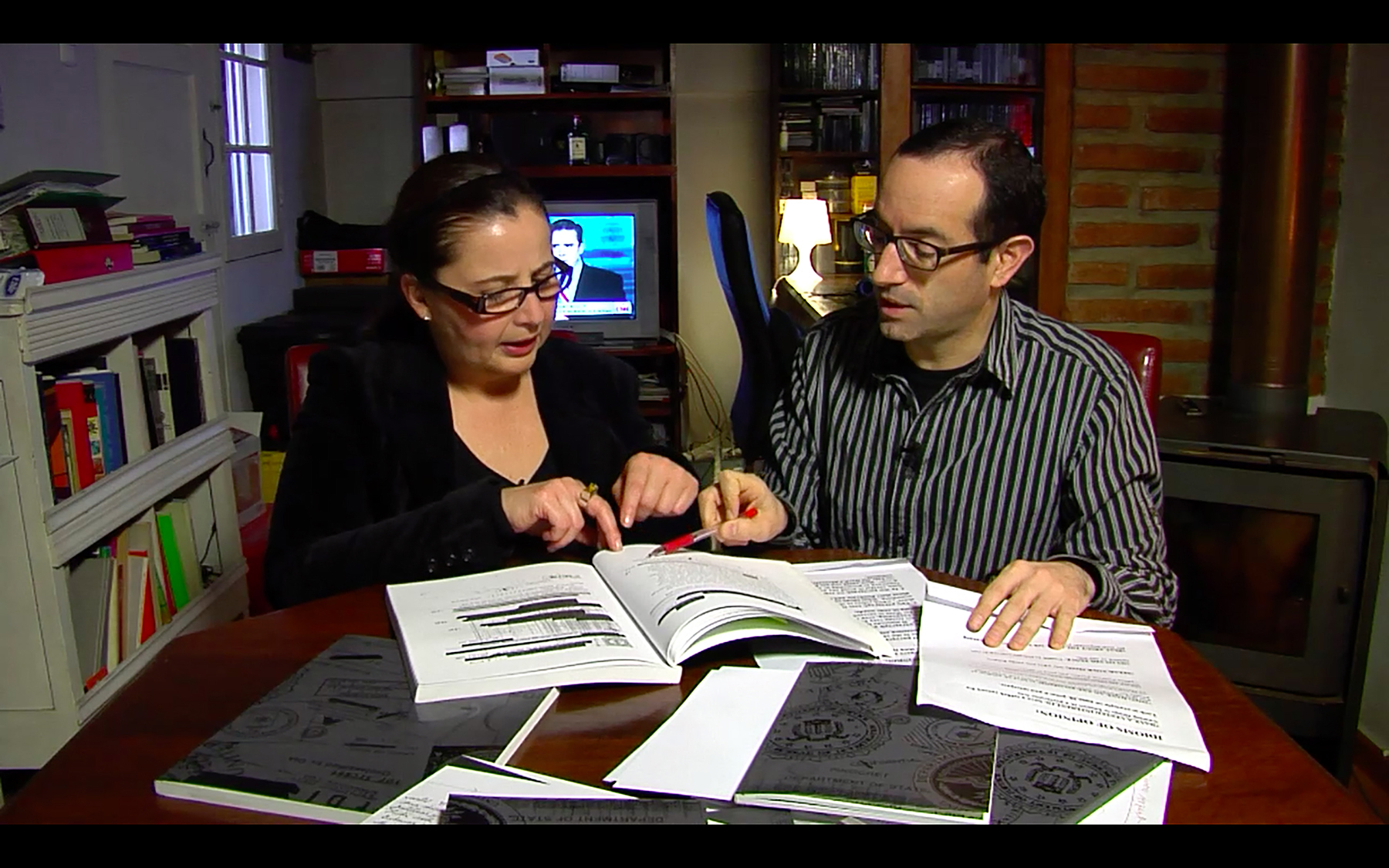
Curator Sofía Carrillo reflects on the archive and the document from territories of displacement, «occurrence», and the politics of the activation of memory derived from approaches discussed in the conference «Archivos fuera de lugar» [Displaced archives].



The document allows us to evoke, discuss, and delineate that which wished to be obliterated; to remember the forgotten.
Curator Sofía Carrillo reflects on the archive and the document from territories of displacement, «occurrence», and the politics of the activation of memory derived from approaches discussed in the conference «Archivos fuera de lugar» [Displaced archives].
The document allows us to evoke, discuss, and delineate that which wished to be obliterated; to remember the forgotten.

Pie de foto para Imagen 2

Pie de foto para Imagen 2

